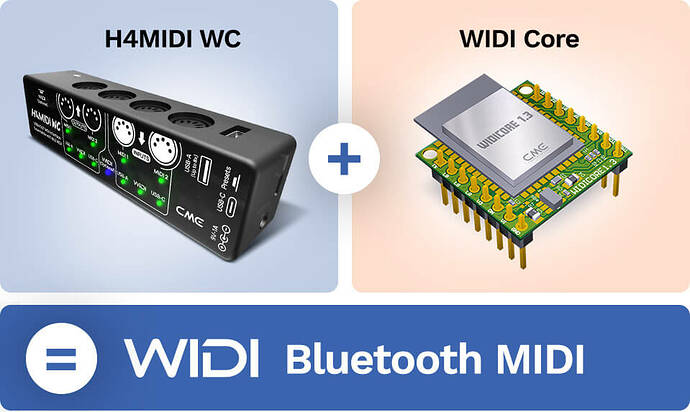Thank you so much Andy for your appreciation and comments! I’m going to spend at least the first hour of this sunny Saturday morning answering your questions, but here we go, my pleasure!
Absolutely. In fact, it could work even with slighty older iPads, but being iPadOS 16 compatible seems the most reasonable choice nowadays. I also have a non-public 32-Bits version made for my ancient iPad Air 1 (2013), so… if some of you still have such old device with MDP2 already installed just PM me.
True, looks like the Most Significant Bit of confusion ![]() You absolutely can use the MDP PRO X free version, but it’s limited to 2X2 panels. This means only the first 4 (of 12) panels will be operative, but I guess it may work for someone, as you have the Songs, Tempo, 2x2 and Master panels there.
You absolutely can use the MDP PRO X free version, but it’s limited to 2X2 panels. This means only the first 4 (of 12) panels will be operative, but I guess it may work for someone, as you have the Songs, Tempo, 2x2 and Master panels there.
The WIDI Jack is enough to handle all that chain, simply connecting the MIDI IN to the first device and the OUT to the last of them. Just get the appropiate CME MIDI cables lenght.
All my previous MIDI layouts were made with MDP2 on my iPad Air 1, but anyway, they are fully compatible with MDP X and newer devices. I have plans to update all my entire line of MIDI controllers to 64-Bits versions ASAP, so they will look better and include some improvements.
You can append differents Layouts in MDP (not with the free version). So you could have the Aeros, BeatBuddy and Helix Layouts combined and disposed over differents banks. Save it as a new Layout, and you’re set.
When running relatively complex setups like yours, I would suggest a device like the CME H4MIDI WC USB Host MIDI Interface.
I’ve pre-ordered my H4MIDI just yesterday (Shipping from Dec 14, 2024) Something that proofs I’m not endorsed by CME, by the way (open to offers)
Insignificant, just a few Megabytes.
Dropbox is the “bridge” app used to transfer the .MidiDesigner files from your E-mail client to MDP. Save the file to Dropbox, then Export to MDP. Then Save the file inside MDP. Easy peasy, MIDI squeezy.
Well, I have to wait for my H4MIDI to arrive, but I already can figure out the basic schema: IN/OUT 1 for the Singular Sound chain, and IN/OUT 2 for the Helix. Alternatively, you could connect the Maestro to the USB-A HOST (H4 version, up to 8 devices) to master control both chains. The iPad should be connected using a cable to the USB-C (4-in-4-out virtual MIDI ports ) If/When you’re performing live, as this eliminates eventual BLE issues, but you can get the WIDI Core expansion to connect the iPad or any other (up to 4) devices wirelessly in less demanding use cases.
I think Australia is more or less under my feets, just in the opposite end of the globe. Of course I would like to visit such an exotic place, but given my place in the socioeconomic structre is highly unlikely that I could even consider it.
However, despite my structural poverty I was able to buy one of the first MIDI Bridge 6 units from our aussie friends Sam and Simon from Pirate MIDI. Good devices and even better people!
About your last paragraph, I think the iPad is a fantastic option: One device to rule them all, one finger to find them, One H4MIDI to bring them all, and in the darkness bind them; In the Land of Mordor where the shadows lie.

